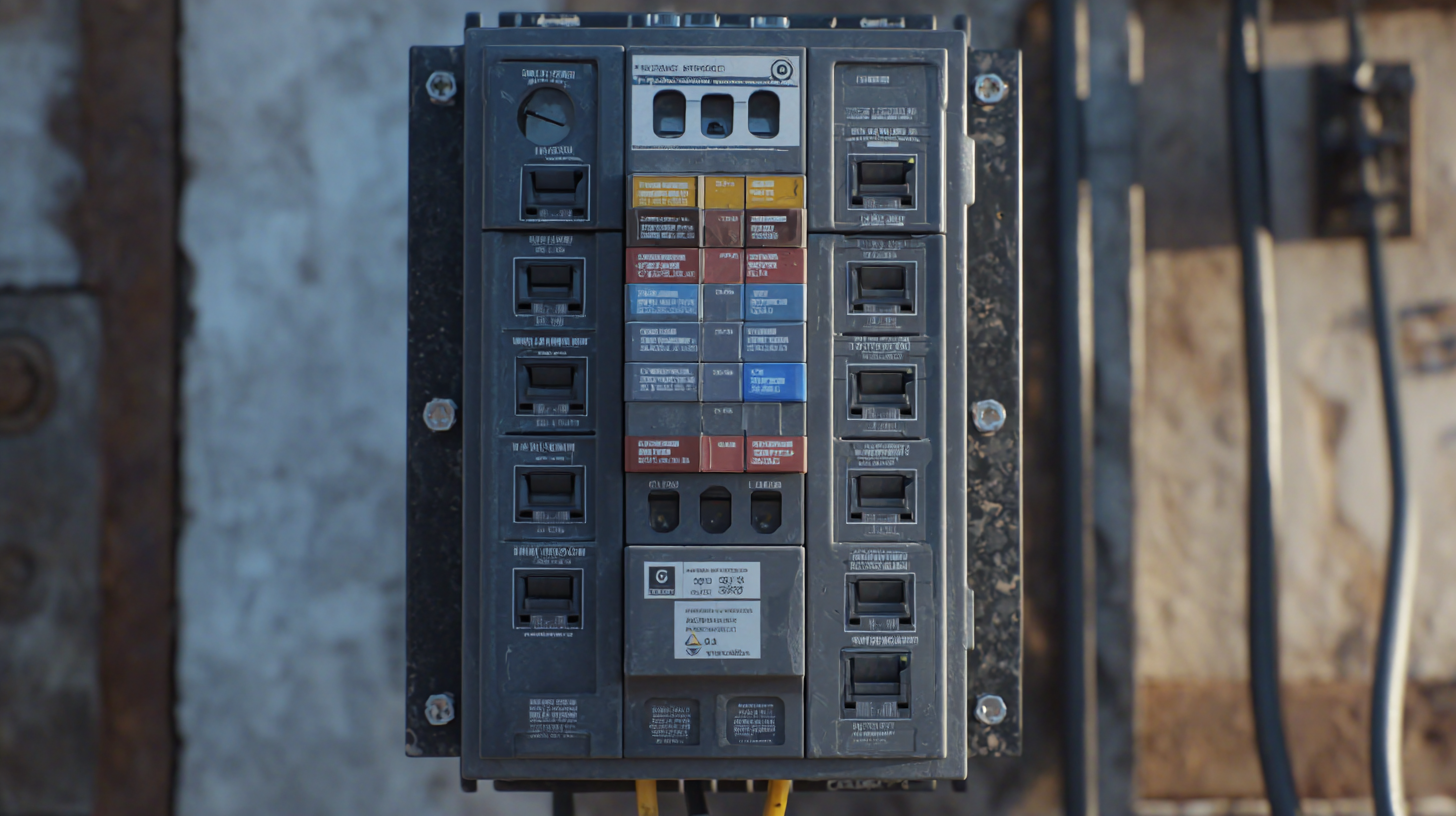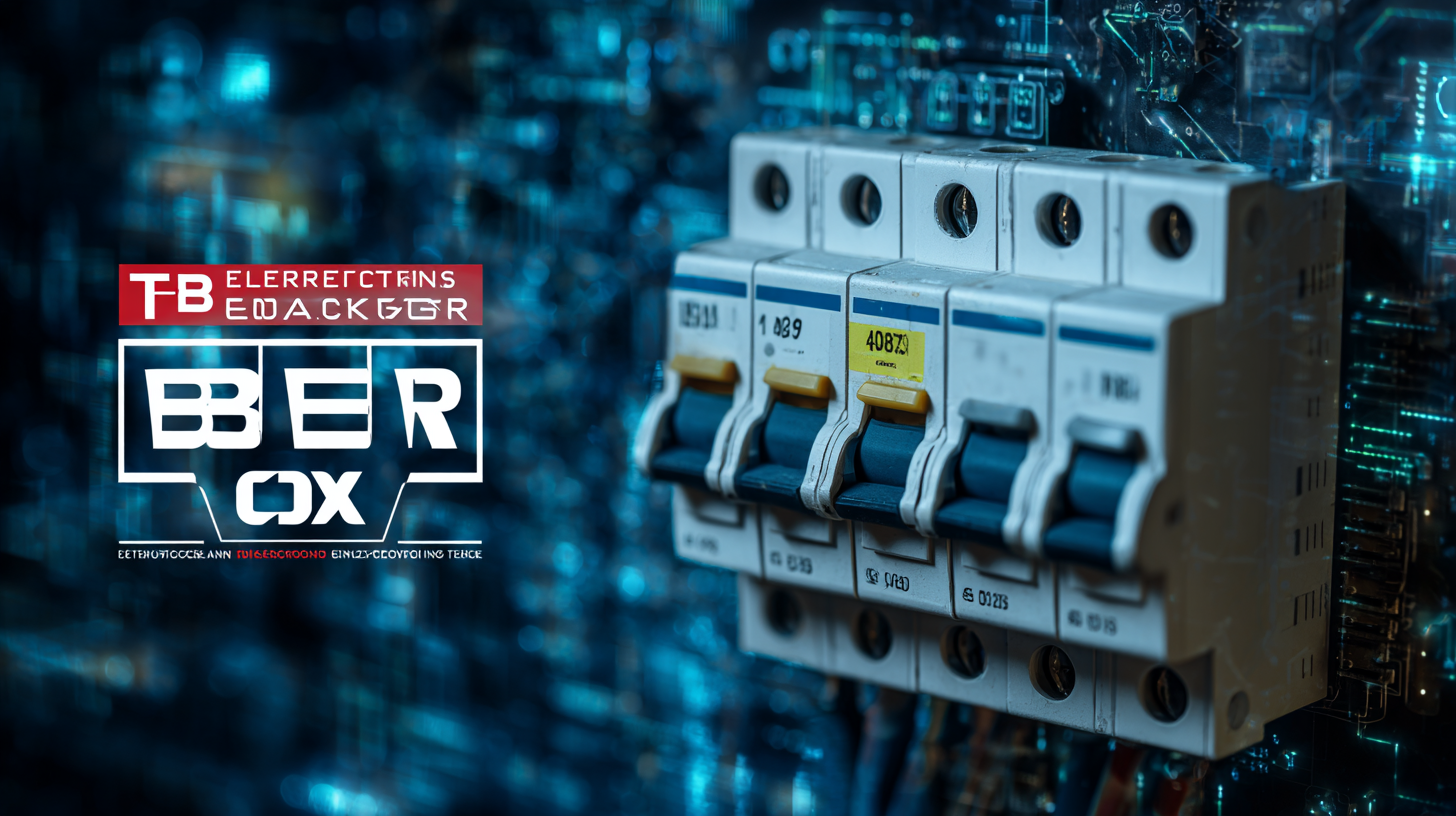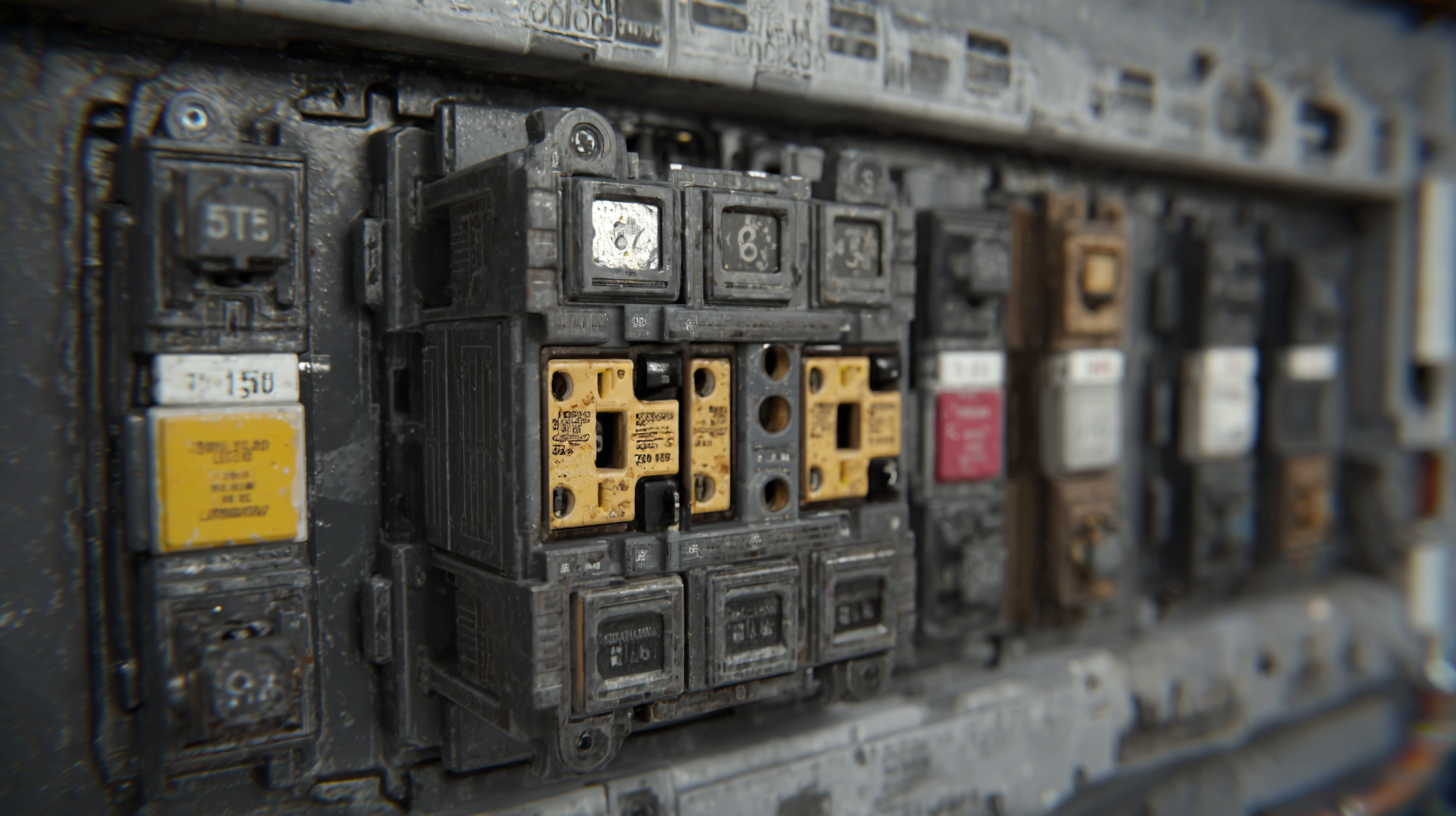
Emerging Trends in Electrical Breaker Box Technology: Innovations and Alternatives for 2025
As we look towards 2025, the landscape of electrical systems is poised for significant evolution, particularly with the advancements in Electrical Breaker Box technology. This pivotal component of modern electrical infrastructure is undergoing a transformation driven by innovative materials, smart technology integration, and sustainability considerations.

In this blog, we will explore the emerging trends in Electrical Breaker Box design and functionality, highlighting comparisons between traditional systems and the latest alternatives. From smart breakers that enhance energy management to eco-friendly designs that reduce environmental impact, this analysis aims to provide insights into how these innovations are reshaping safety, convenience, and efficiency in electrical installations.
Join us as we delve into the state-of-the-art features and future possibilities for Electrical Breaker Boxes, setting the stage for a safer and more efficient electrical future.
Emerging Innovations in Electrical Breaker Box Design for Enhanced Efficiency
Innovations in electrical breaker box design are rapidly evolving, driven by the need for enhanced efficiency and safety in modern homes and industrial settings. One significant trend is the integration of smart technology into breaker boxes. These advanced systems allow for real-time monitoring of energy consumption, providing users with insights into their electrical usage patterns. This capability not only promotes energy efficiency but also facilitates predictive maintenance, helping to identify potential issues before they escalate into costly problems.
Another noteworthy development is the emergence of modular breaker box designs. These systems are not only more compact but also customizable to meet the specific needs of various installations. By incorporating modular technology, installers can easily scale the electrical system according to user demands, whether for small residences or expansive commercial buildings. This flexibility extends the lifespan of electrical installations and reduces the need for costly upgrades in the future. As we move towards 2025, these innovations signal a transformative shift in how electrical infrastructure supports our growing energy needs.
Smart Technology Integration in Breaker Boxes: A Look Ahead to 2025
As we look ahead to 2025, the integration of smart technology in electrical breaker boxes is set to revolutionize the way we manage our energy consumption and enhance safety features within our homes and businesses. These advanced systems will leverage IoT (Internet of Things) capabilities, allowing users to monitor and control their electrical systems remotely through smartphones or other smart devices. By providing real-time data on energy usage, these intelligent breakers can help identify potential issues before they escalate, ensuring a more proactive approach to electrical management.

Moreover, advancements in AI algorithms will enable breaker boxes to learn user patterns and optimize energy distribution accordingly. This not only streamlines the flow of electricity but also contributes to cost savings by identifying peak usage times and adjusting loads intelligently. Additionally, with enhanced features such as automatic fault detection, these smart breaker boxes can quickly shut down circuits in the event of an overload or short circuit, significantly reducing the risk of electrical fires and increasing overall safety.
As innovations continue to unfold, the push toward smarter electrical systems promises a future where safety, efficiency, and convenience are at the forefront of electrical infrastructure.
Exploring Sustainable Alternatives in Electrical Breaker Box Manufacturing
The push for sustainability in electrical breaker box manufacturing is gaining momentum as the industry evolves. According to a report by Market Research Future, the global market for electrical enclosures, including breaker boxes, is expected to reach $12 billion by 2025, driven largely by the growing demand for energy-efficient solutions. Notably, manufacturers are increasingly adopting eco-friendly materials such as recycled metals and bioplastics. This shift not only reduces the carbon footprint of production but also aligns with the rising consumer preference for environmentally responsible products.

Innovations in design and technology are further enhancing the sustainability of electrical breaker boxes. For instance, advancements in modular design allow for easier upgrades and repairs, extending the lifecycle of the product. A report from Allied Market Research indicates that modular systems are projected to account for nearly 30% of the market share by 2025. Furthermore, smart breaker boxes integrated with IoT technology enable better energy management and monitoring, leading to more efficient energy use. These innovations not only promote sustainability but also cater to the increasing digitalization of homes and industries, highlighting a transformative shift in the electrical infrastructure landscape.
The Role of IoT in Shaping the Future of Electrical Breaker Boxes
As we look towards 2025, the integration of IoT technology in electrical breaker boxes is set to redefine how we manage power distribution. The increasing demand for reliable and effective electricity management across utilities, industrial, and commercial sectors aligns perfectly with the capabilities offered by IoT. By embedding smart sensors and connectivity features into breaker boxes, we can achieve real-time monitoring, predictive maintenance, and enhanced operational efficiency. This technological advancement not only addresses existing challenges but also paves the way for innovative solutions to meet future energy demands.
Additionally, the significant growth anticipated in the vacuum circuit breaker and miniature circuit breaker markets indicates a robust trend towards advanced electrical safety and reliability. With a projected compound annual growth rate of 7.9% and 9.2% respectively from 2025 to 2034, these innovations are driven by the rising necessity for dependable electrical protection in residential, commercial, and industrial facilities. The synergy of IoT in breaker box technology will undoubtedly enhance their functionality, enabling smarter grids and contributing to a more resilient energy infrastructure.
Key Safety Features to Expect in Next-Generation Electrical Breaker Boxes
As we move toward 2025, the next generation of electrical breaker boxes promises significant advancements in safety features aimed at enhancing user protection and reliability. According to a recent report by Market Research Future, the global market for smart electrical panels is expected to grow by over 25% annually, driven by increased demand for advanced electrical safety solutions. Key features such as arc detection, ground fault circuit interrupters (GFCIs), and remote monitoring capabilities will likely become standard in residential and commercial installations.
Tips for consumers looking to upgrade their electrical systems include investing in breaker boxes equipped with circuit breaker trip indicators, which can provide real-time alerts about any potential electrical faults. Additionally, consider choosing models with integrated surge protection to safeguard electronics from power surges, thereby enhancing overall safety and longevity of your electrical appliances.
Moreover, advancements in artificial intelligence will enable automated safety features that adapt to the household’s electrical usage patterns. These smart systems can predict potential risks and notify homeowners of necessary maintenance. As electrical technologies advance, staying informed about safety innovations will ensure both compliance and peace of mind in managing household energy use.
